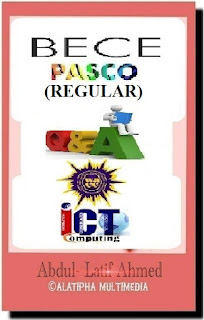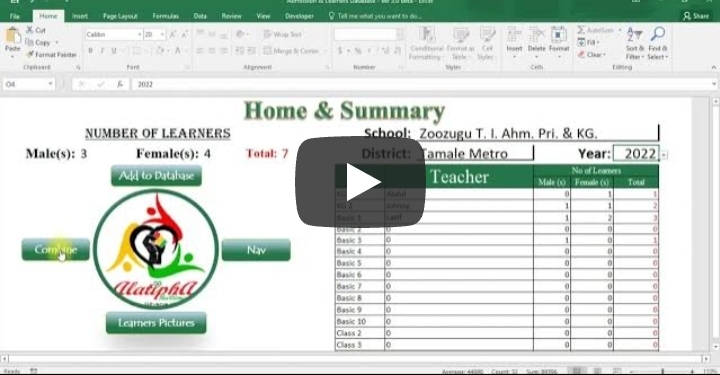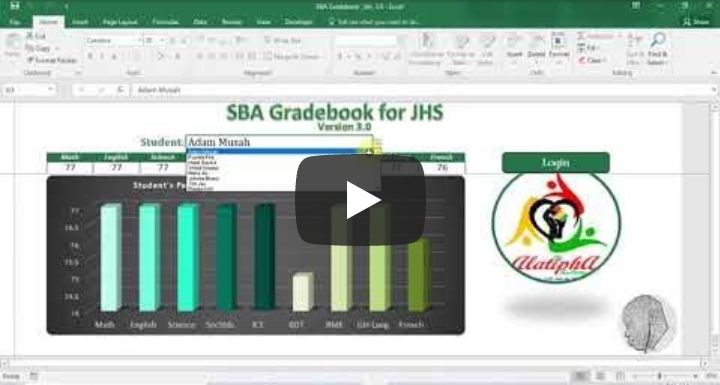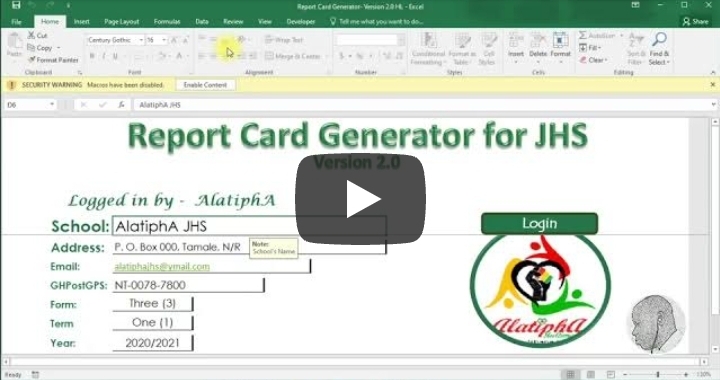Chapter 7: Teaching Strategies for Direct Instruction
Chapter 7: Teaching Strategies for Direct Instruction
Chapter Overview
Our chapter on lesson planning presented seven instructional events that form the structure of a lesson plan:
- Gaining attention
- Informing the learner of the objective
- Stimulating recall of prerequisite learning
- Presenting the stimulus material
- Eliciting the desired behaviour
- Providing feedback
- Assessing the behaviour
To add flesh to this structure, this and subsequent chapters present different instructional strategies by which these seven events can be implemented. This chapter presents strategies for direct teaching that include explanations, examples, review, practice, and feedback in the context of a presentation and recitation format.
Have you ever wondered why some teachers are more liked than others? Students cannot wait to attend the classes of some teachers but dread attending the classes of others. Teachers who are more "liked" often are described with phrases such as "is more organized," "has a better personality," and "is warmer and friendlier." Although these qualities may be present in teachers judged to be among the most liked, they are not the only reasons that some teachers are more interesting than others to their learners.
One of the most important factors in how interesting teachers are to their students is their use of the key behaviour, instructional variety. In a study of experienced and inexperienced teachers (Emmer et al., 1980; Emmer et al., 2006; Evertson et al., 2006), experienced teachers who showed flexibility and variety in their instructional strategies were found to be more interesting than inexperienced teachers who had no knowledge of alternative teaching strategies.
Knowledge of a variety of instructional strategies and the flexibility to change them both within and among lessons are two of the greatest assets a teacher can have. Without variety and flexibility to capture the interest and attention of your students, it is unlikely that any other key behaviour, however well executed, will have the desired effect.
This chapter provides a variety of teaching strategies you can use to compose lesson plans and to create and maintain an atmosphere of interest and variety in your classroom using a direct instruction format.
This chapter introduced you to direct instruction strategies. Its key terms and main points were:
Categories of Teaching and Learning
Two broad classifications of learning are facts, rules, and action sequences (Type 1) and concepts, patterns, and abstractions (Type 2).
Type 1 outcomes generally represent behaviours at the lower levels of complexity in the cognitive, affective, and psychomotor domains; Type 2 outcomes frequently represent behaviours at the higher levels of complexity in these domains.
Type 1 teaching activities require combining facts and rules at the knowledge and comprehension level into a sequence of actions that can be learned through observation, rote repetition, and practice. Type 1 outcomes have "right answers" that can be learned by memorization and practice.
Type 2 teaching activities go beyond facts, rules, and sequences to help the learner create, synthesize, identify, and recognize an answer that cannot be easily modeled or memorized. Type 2 outcomes may have many "right answers."
The learning of facts, rules, and action sequences is most commonly taught with teaching strategies that emphasize knowledge acquisition; the learning of concepts, patterns, and abstractions is most commonly taught with teaching strategies that emphasize concept learning, inquiry and problem solving.
The acquisition of facts, rules, and action sequences is most efficiently achieved through a process known as the direct instruction model. This model is primarily teacher centered; facts, rules, and action sequences are passed on to students in a presentation-recitation format involving large amounts of teacher talk, questions and answers, review and practice, and the immediate correction of student errors.
Introduction to Direct Instruction Strategies
The direct instruction model is characterized by full-class (as opposed to small-group) instruction; by the organization of learning based on questions posed by you; by the provision of detailed and redundant practice; by the presentation of material so learners master one new fact, rule, or sequence before the teacher presents the next; and by the formal arrangement of the classroom to maximize drill and practice.
Direct instruction is most appropriate when content in texts and workbooks does not appear in appropriately sized pieces, when your active involvement in the teaching process is necessary to arouse or heighten student interest, and when the content to be taught represents task-relevant prior knowledge for subsequent learning.
Daily Review and Checking the Previous Day's Work
Techniques for daily review and checking include the following:
- Have students identify difficult homework problems in a question-and-answer format.
- Sample the understanding of a few students who are likely to represent the class.
- Explicitly review task-relevant prior learning required for the day's lesson.
Presenting and Structuring
Techniques for presenting and structuring new content include the following:
- Establish part-whole relationships.
- Identify sequential relationships.
- Find combinations of relationships.
- Draw comparative relationships.
Guiding Student Practice
Techniques for guiding student practice include the following:
- Ask students to respond privately and then be singled out for help.
- Call on students to respond whether or not their hands are raised.
- Prepare questions beforehand and randomly ask students to respond.
Feedback Correctives
Providing appropriate feedback and correctives involves knowing how to respond to answers that are:
- correct, quick, and firm;
- correct but hesitant;
- incorrect but careless; and
- incorrect due to lack of knowledge.
For a correct, quick, and firm response, acknowledge the correct response and either ask another question of the same student or quickly move on to another student.
For a correct but hesitant response, provide a reinforcing statement and quickly restate the facts, rules, or steps needed for the right answer.
For a correct but careless response, indicate that the response is incorrect and quickly move to the next student without further comment.
For an incorrect response that is not due to carelessness but to a lack of knowledge, engage the student in finding the correct response with hints, probes, or a related but simpler question.
For most learning involving knowledge acquisition, the steps between successive portions of your lesson should be made small enough to produce approximately 60% to 80% correct answers in a practice and feedback session.
Reviewing, reexplaining, and prompting are effective until approximately 80% of your students respond correctly, after which correctives should be made briefer or students should be guided to individualized learning materials.
Independent Practice
Design independent practice so the learner puts together facts and rules to form action sequences that increasingly resemble applications in the real world. Make opportunities for independent practice as soon after the time of learning as possible.
Weekly and Monthly Reviews
Pace instruction so student responses to questions posed in weekly and monthly reviews are correct, quick, and firm about 95% of the time.
Use independent practice and homework to raise the percentage of correct responses from approximately 60% to 80% during guided practice and feedback to approximately 95% on weekly and monthly reviews.
Promoting the Goals of Direct Instruction in the Culturally Diverse Classroom
Student engagement in the culturally diverse classroom is promoted by:
- accepting unique learner responses,
- reducing competitiveness,
- promoting peer interaction, and
- conveying a sense of nurturance and caring.
Multiple Choice Questions
Instructions
Click on 'Details' below to begin the test
2. Mr. Anderson is very careful in his classroom about using his class time efficiently and having active student practice. To do this, Mr. Anderson uses an instructional sequence of review, presenting new content, practice, feedback, and reteaching. He is attempting to achieve the goals of.....
3. The first step in the direct instruction model is.....
4. When Mr. Johnson reviews his students at the beginning of class, he checks how many of his high performers, average performers, and low performers miss questions. If the high performers miss a large number, he knows he needs to do some extensive reteaching. If the average performers miss a large number, but the high performers don't, he knows he needs some reteaching. If only the low performers miss a large number, he knows he needs individualized material for them. This is an example of.....
5. In direct teaching, divide and conquer means to.....
6. By introducing a lesson topic in its most general form and then dividing it into easy-to-distinguish subdivisions, the teacher is using.....
7. Teaching content according to the way in which facts and rules to be learned occur in the real world is called.....
8. When attempting to elicit responses from students, Mr. Henry remembers that the most appropriate way to be successful is to.....
9. Modeling .....
10. Demonstrations are more likely to be remembered when they.....
11 Which of the following are the most common strategies for dealing with incorrect student responses? I. Ask students to repeat the correct response after you model it. II. Review key facts or rules required to achieve the solution. III. Ask students to recite by memory the steps required to solve a problem. IV. Offer prompts or hints representing a partially correct answer. V. Use another problem and guide the student to the correct answer
12. Behaviour modification approaches to classroom management emphasize.....
True/False
Instructions
Click on 'Details' below to begin the test
2. The direct instruction model is a teacher-centered strategy in which the teacher is the major information provider.
3. Research indicates that cooperative learning functions and behaviours are among those that correlate highest with student achievement measured by standardized tests.
4. A direct instruction format is usually not the best to use when the content being taught represents task-relevant prior knowledge for subsequent learning.
5. Direct instruction is most appropriate when presenting complex skills and problem solving.
6. For direct instruction, a primary ingredient is presenting the material in small steps.
7. When using direct instruction the rule is presented first, followed by examples.
8. Without attention there can be no learning.
9. A brisk pace producing 60% to 80% correct answers helps to minimize irrelevant responses and classroom distractions.
10. When questioning, verbal punishment is less time consuming and more productive than encouragement and corrective feedback.
11. Independent practice should help students internalize a behaviour or response so that it becomes automatic.
12. It is important to give detailed feedback to students as they begin to practice a new skill or behaviour so they can avoid any errors.
13. Direct instruction is most efficient for teaching Type 1 learning outcomes such as facts, rules, and action sequences.
14. A good way to determine when to reteach a concept to the whole class is to see how many high and low performers made errors on the practice assignment.
15. A teacher should determine what type of feedback to offer a student based on the correctness and surety of the student's response..
16. Information taught in a direct instruction format is most easily tested through multiple choice, listing, matching, and fill-in exercises.
17. Teachers should use the most powerful prompt possible to help learners perform, even if a less intrusive prompt may work.
18. Programmed instruction, computer-assisted instruction, peer and cross-age tutoring, and some audiolingual approaches can also be used for direct instruction.
19. A lecture-recitation format involves only teacher lectures and students' responses to questions.
20. Direct instruction methods correlate highest with student achievement on standardized measures.
21. Research has shown that most teachers begin direct instruction lessons with review and checking to find out if students have mastered task-relevant knowledge from the previous lesson.


































Comments
Post a Comment